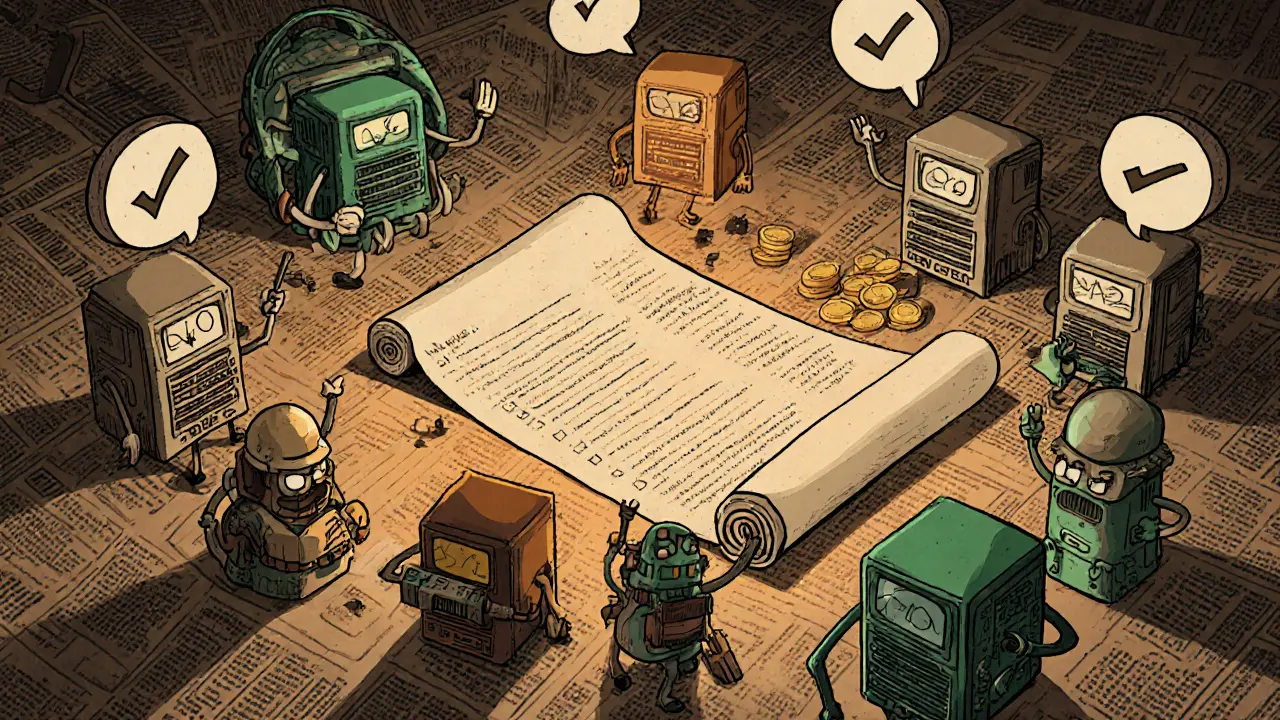Consensus Mechanisms
When exploring Consensus Mechanisms, the set of rules that let a decentralized network agree on the order and validity of transactions, you’ll quickly run into several families that shape today’s blockchain landscape. Understanding consensus mechanisms is essential for anyone diving into crypto because they determine security, speed, and energy use. The most common families include Proof of Work, a mining‑based method where participants solve cryptographic puzzles to add blocks, Proof of Stake, an approach that selects validators based on the amount of cryptocurrency they lock up as collateral, Delegated Proof of Stake, a variant where token holders elect a small group of validators to produce blocks on their behalf, and Byzantine Fault Tolerance, a consensus style that tolerates malicious actors as long as a majority of nodes stay honest. Each method tackles the core problem of reaching agreement without a central authority.
Proof of Work requires massive computational power, which translates into high energy consumption but offers robust security through economic cost. By contrast, Proof of Stake reduces that energy demand because validators are chosen algorithmically rather than by brute force. Delegated Proof of Stake adds a layer of governance, letting communities vote for trusted delegates, which can speed up block times while still keeping decentralization in check. Byzantine Fault Tolerance, often seen in permissioned blockchains, enables fast finality because nodes exchange signed messages to confirm state, making it ideal for enterprise use where speed matters more than open mining.
These mechanisms aren’t isolated; they influence everything from token economics to user experience. For example, a cryptocurrency that uses Proof of Stake can design tokenomics that reward long‑term holders, while a DPoS chain might prioritize low fees for frequent transactions. Meanwhile, platforms that adopt BFT consensus often pair it with private ledger features to meet regulatory compliance. Below you’ll find a curated list of articles that dive deeper into each consensus style, compare their trade‑offs, and show real‑world projects that illustrate how they work in practice. Keep reading to uncover the nuances that can help you choose the right network for your next crypto venture.
Understanding Consensus Mechanisms in Blockchain: Types, Benefits, and How They Work
by Johnathan DeCovic Oct 14 2025 10 CryptocurrencyA clear guide to blockchain consensus mechanisms, covering PoW, PoS, DPoS, and more, plus how to pick the right one for security, speed, or regulatory needs.
READ MOREP2P vs Client-Server: Why Blockchain Chooses Peer-to-Peer
by Johnathan DeCovic Sep 26 2025 8 CryptocurrencyExplore why blockchain relies on peer-to-peer networks over client-server models, covering decentralization, cost, security, and scalability.
READ MORE

